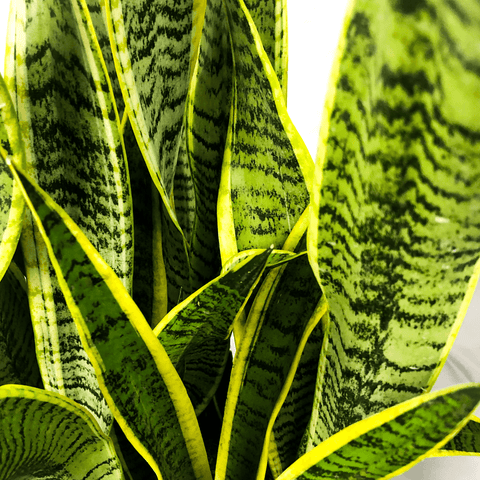Snake plants, known as Sansevieria, are popular houseplants for their striking foliage and low-maintenance nature. If you want to expand your snake plant collection or share the joy of these resilient beauties, propagation is the way to go.
This comprehensive guide will answer common questions about snake plant propagation and provide a step-by-step process for cutting, rooting, and growing snake plants from cuttings.
1. Is it better to propagate a snake plant in water or soil?
Water and soil methods can yield successful results when it comes to propagating snake plants. The choice between the two depends on personal preference and the resources available.
- a) Water propagation: This method involves placing snake plant cuttings in water until roots develop. Water propagation allows for easy monitoring of root growth and is a popular choice for beginners or those who enjoy the visual aspect of observing the process.
- b) Soil propagation: This method entails planting snake plant cuttings directly into well-draining soil. Soil propagation is suitable for those who prefer a straightforward approach or have limited space for additional plants.
Ultimately, both methods can lead to successful propagation, so choose the one that aligns with your preferences and available resources.
2. Where do you cut snake plants to propagate?
You must identify the ideal location for making a clean cut to propagate snake plants. Look for healthy, mature leaves at least 2-3 inches long. Avoid selecting too old or too young leaves, as they may not yield optimal results.
Using a sharp, sterilized knife or shears, make a clean cut near the base of the leaf, ensuring that you retain a sufficient portion of the leaf for rooting.
3. How do you cut and root a snake plant?
Follow these steps to cut and root a snake plant successfully:
- a) Gather the necessary tools: Prepare a clean, sharp knife or shears, a suitable container or pot, well-draining potting soil, and water (if opting for the water propagation method).
- b) Cut: With the knife or shears, make a clean cut near the base of a healthy leaf, ensuring the retention of a good portion of the leaf for rooting.
- c) Water propagation method: If you choose water propagation, place the cut end of the leaf in a container filled with water. Ensure that at least one-third of the leaf is submerged. Place the container in a well-lit area away from direct sunlight and change the water regularly to prevent stagnation and rot.
- d) Soil propagation method: If you prefer soil propagation, allow the cut end of the leaf to dry and callus for a day or two. Then, plant the cut end approximately an inch deep into a pot filled with well-draining potting soil. Water the soil lightly, keeping it slightly moist but not excessively wet.
4. How do you grow a snake plant from a cutting?
Regardless of the propagation method chosen, follow these general guidelines to grow a snake plant from a cutting:
- a) Optimal conditions: Place the propagated snake plant cutting in a well-lit area, but avoid direct sunlight, as it can cause leaf burn. Snake plants can tolerate various light conditions, but bright indirect light is generally ideal.
- b) Adequate moisture: Water the propagated cutting sparingly, allowing the soil or water to dry partially between waterings. Overwatering can lead to root rot, so strike a balance and avoid excessive moisture.
- c) Patience and care: Snake plants are slow growers, so be patient throughout growth. Monitor the plant for signs of stress or issues and provide regular maintenance such as occasional fertilization, appropriate lighting, and avoiding extremes.
Propagation is an exciting and rewarding way to expand your snake plant collection and share the beauty of these resilient houseplants. Whether you choose water or soil propagation, the key is to select healthy leaves, make clean cuts, and provide the right conditions for rooting and growth. Remember to be patient, as snake plants are slow growers, but with proper care and attention, your propagated cuttings will thrive and become established plants.





Comments (0)
There are no comments for this article. Be the first one to leave a message!